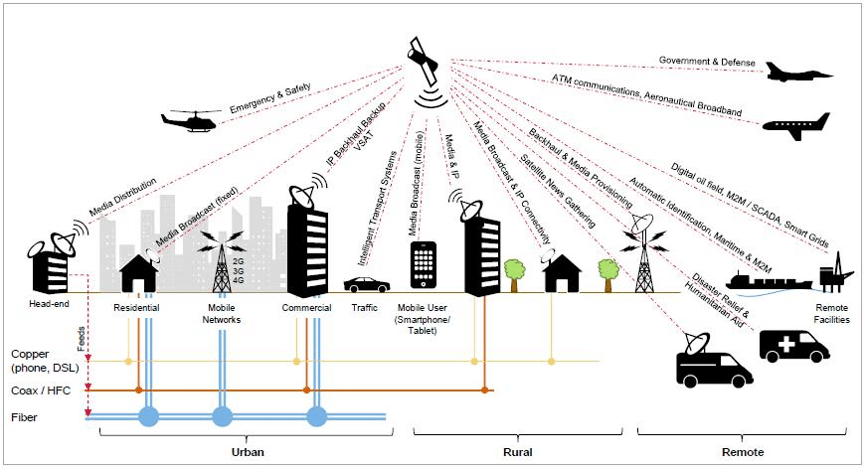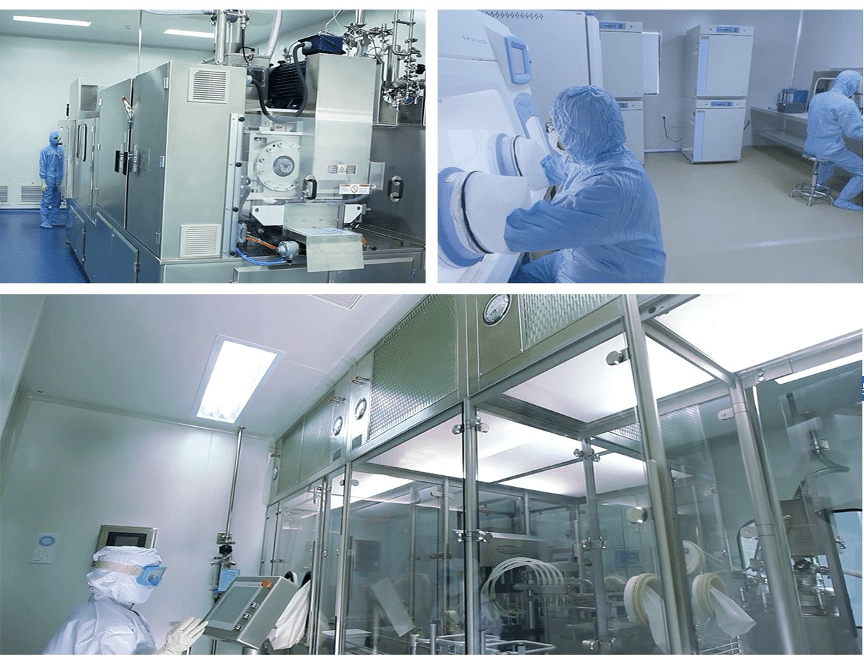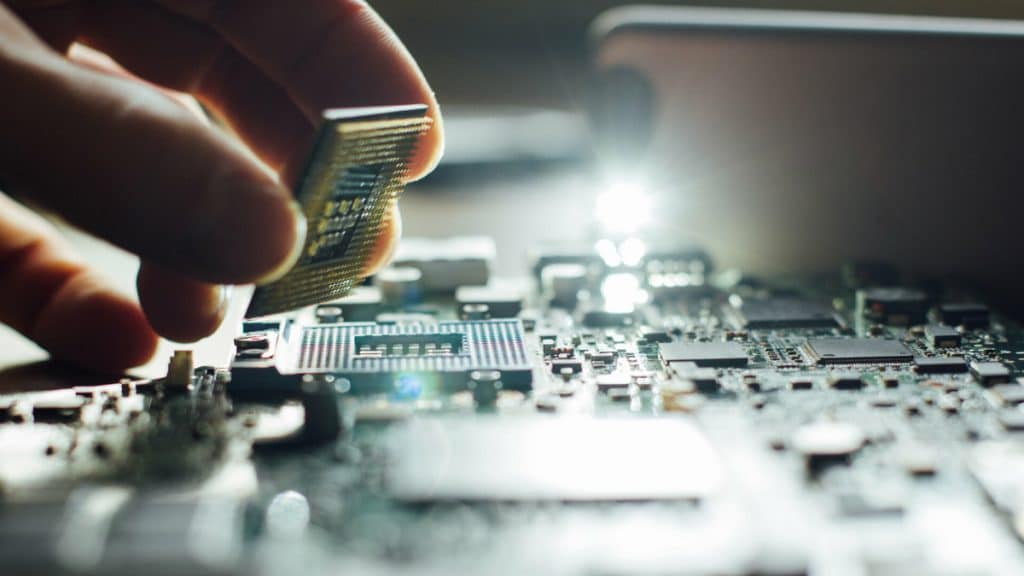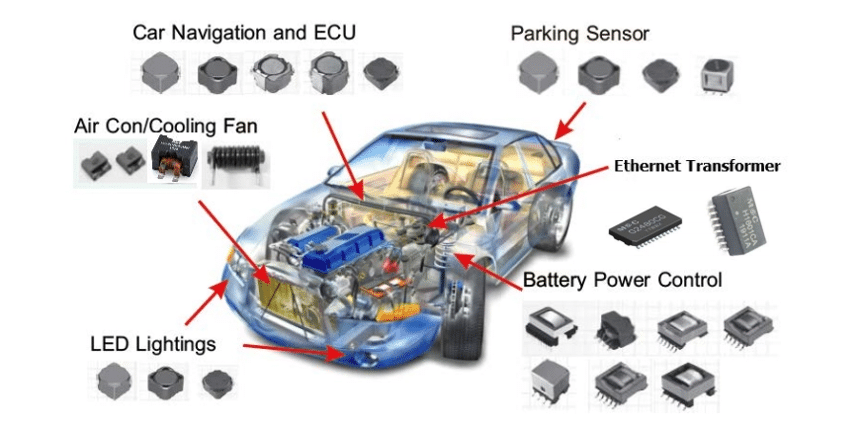The electronic component manufacturing industry is the foundational support industry for the electronic information industry, with a wide range of applications. From a segmented perspective, with the development of fields such as 5G, information security, automotive electronics, and the Internet of Things, the integrated circuit industry has entered a period of rapid development. At the same time, the scale of the LED industry is also continuously expanding, the semiconductor field is becoming increasingly mature, panel prices have stabilized, and slight improvements in demand relationships have all brought vast development opportunities to the industry.
Common electronic components in daily life include resistors, capacitors, potentiometers, vacuum tubes, heat sinks, electromechanical components, connectors, discrete semiconductor devices, sensors, laser devices, electronic display devices, optoelectronic devices, electroacoustic devices, and so on.
Electronic components are indispensable parts of electronic devices, reflecting their presence in many aspects of life. They are used to control, regulate, and convert electrical signals. Below is a brief introduction to the application of electronic components in daily life.
1. Automotive Sector
The application of electronic components in the automotive field is becoming increasingly widespread. For example, the Electronic Control Unit (ECU) in automobiles acts as the brain, responsible for controlling the operation of systems such as the engine, transmission, and brakes. In-car entertainment systems, navigation systems, and intelligent driving systems all rely on the support of electronic components.
As automotive technology continues to advance, the application of electronic components is also innovating. For instance, the development of electric vehicles has driven progress in battery technology and charging technology, promoting the application of electronic components in electric vehicles. The rise of smart cars requires more sensors, communication modules, and other electronic components to achieve vehicle perception and interaction.
The application of electronic components in the automotive field enhances vehicle performance and intelligence, driving the development of automotive technology and changes in modes of transportation.
2. Communication Sector

Electronic components have extensive applications in the communication field. For example, microwave devices and radio frequency devices play a crucial role in wireless communication, enabling functions such as signal amplification, modulation, and demodulation. Optoelectronic devices play an important role in fiber-optic communication by converting optical signals into electrical signals for high-speed transmission. Electronic components are also used in control circuits and signal processing for communication equipment.
In the field of mobile communication, electronic components also play a significant role. For example, chips, antennas, batteries, etc., in mobile phones are all applications of electronic components. These components ensure signal reception and transmission, guaranteeing communication quality and stability.
The application of electronic components in the communication field drives the development of communication technology, improving efficiency and reliability.
3. Computer Sector

Electronic components are core components of computers, significantly influencing their performance and functionality. Microprocessors are the core chips of computers, responsible for executing instructions and controlling computer operations. Memory chips are used for data and program storage, providing temporary storage space. External devices such as hard drives, graphics cards, sound cards, etc., are also applications of electronic components.
As computer technology continues to advance, the application of electronic components is also innovating. For example, the development of artificial intelligence has driven the application of graphics processing units (GPUs) for accelerating computer image processing and simulation calculations. Research on quantum computers requires new types of quantum components to realize the storage and operation of quantum bits.
Electronic components are the foundation and key to computers, driving the development of computer technology and the widespread application.
4. Medical Sector

The application of electronic components in the medical field covers medical equipment, medical devices, and medical information systems. For example, electronic components are used in medical equipment such as pacemakers, ventilators, and blood pressure monitors to monitor patient physiological signals and control device operations.
In terms of medical devices, the application of electronic components is also widespread. For example, prosthetics, hearing aids, cochlear implants, etc., all utilize electronic components to assist and rehabilitate people with disabilities.
Electronic components also play an essential role in medical information systems. For example, electronic medical record systems and medical imaging systems in hospitals rely on the support of electronic components.
The application of electronic components in the medical field enhances the functionality and performance of medical equipment, promoting the development of medical technology and the improvement of medical services.
5. Household Appliances Sector
Electronic components are widely used in household appliances. For example, electronic components are used in products such as televisions, refrigerators, air conditioners, etc., to realize product functions and control. Sensors, control chips, display screens, etc., are common electronic components in household appliances.
With the rise of smart homes, the application of electronic components in household appliances is also continuously innovating. For example, smart speakers, smart light bulbs, smart sockets, etc., all use electronic components to achieve interconnection and intelligent control of household devices.
The application of electronic components in the household appliances sector enhances the functionality and intelligence of household products, meeting people’s demands for quality of life and convenience.
6. Aerospace Sector
The application of electronic components in the aerospace field is extremely important. Aerospace equipment places high demands on electronic components, requiring stability and reliability under special environments such as high temperature, high pressure, and high speed.
For example, electronic components are used in radar, communication equipment, navigation systems, etc., on aircraft to ensure flight safety and navigation accuracy. Control systems, measurement devices, communication systems, etc., on spacecraft also rely on the support of electronic components.
The aerospace sector’s requirements for electronic components continue to increase, driving innovation in electronic component technology. For example, the development of high-temperature electronic components and radiation-resistant electronic components has improved the reliability and performance of aerospace equipment.
The application of electronic components in the aerospace sector drives the development of aerospace technology, ensuring the performance and safety of aerospace equipment.
Electronic components have extensive applications in fields such as automotive, communication, computer, medical, household appliances, aerospace, etc. These applications drive the technological development and widespread adoption in various fields. With the continuous progress of science and technology, the application of electronic components is also constantly innovating, bringing more possibilities for the development of various fields.


